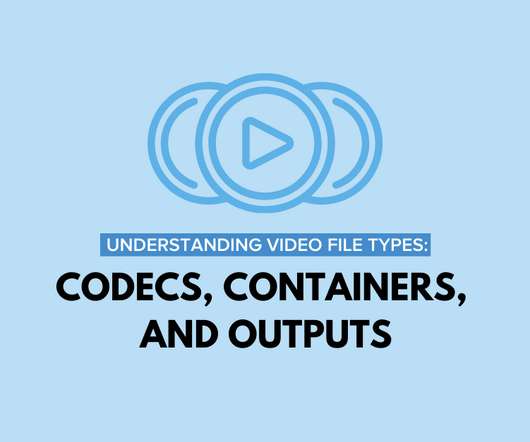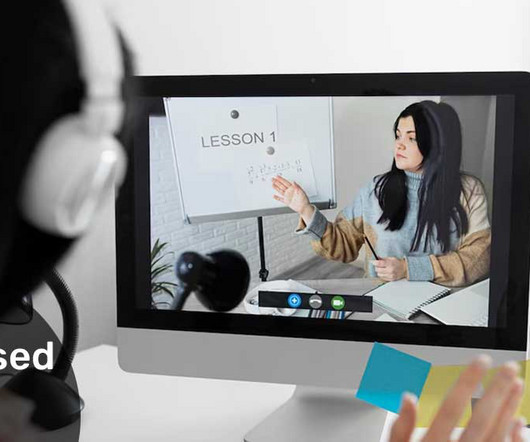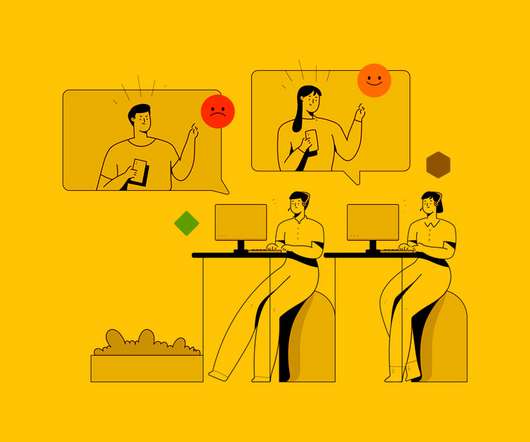HTML 5 and eLearning Development
Upside Learning
JULY 2, 2009
Those of you have heard of HTML 5 will know it’s a new version of HTML and XHTML being promoted by Google and Apple in a bid to move the web away from proprietary technologies like Flash, Silverlight and JavaFX. It makes HTML more powerful by adding new elements like video and audio. and Opera is also working on similar lines.
























Let's personalize your content